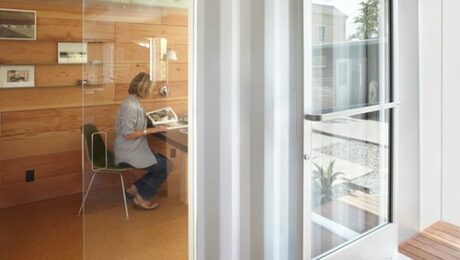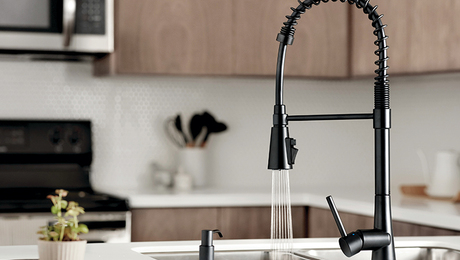Can an ASHP have higher MBH at 40F than 47F
While graphing the MBH of our York heatpump, I noted the table suggests a higher MHB and COP at 40F than 47F.
Is this possible? I looked at the specs for the 2, 3 and 5 ton and none of those show any increase in MBH as Outside temp decreases.
GBA Detail Library
A collection of one thousand construction details organized by climate and house part










Replies
I see the higher MBH, but lower COP and higher input power. If the controller boosts the compressor to a higher speed below a certain temperature, I don't see any problem with the numbers.
Edit: OK, I'm changing my mind. 47 °F for the 4 ton unit is the only condition where input power goes down with increasing indoor temperature. That is awfully weird.
Plus, it's just a two-stage compressor. There's something about a variable outdoor fan speed, but I don't understand how it could produce that result.
Id very much defer to someone with an better understanding of what exactly makes a heat pump a Cold Climate Heat Pump, but I think I heard recently that they can be optimized in such a way as to perform (a bit) worse above rated conditions than just under them.
When I heard this it kind of made sense to me as there’s always trade offs.
Something to do with vapour injection??..
(I should mention I did not look at any of the specifics of the heat pump above)
Edit:
I did however go and look up vapour injection for fun:
“This is a technology used to achieve a broader operating temperature range and increase low-ambient temperature efficiency, which refers to how well HVAC systems function in cold climate conditions below typical heat pump operating ranges. A small amount of refrigerant is passed through a separate expansion valve and heat-exchanger before re-injection at warmer temperature back into the compressor. This technology sacrifices some peak efficiency to improve overall average efficiency.”
From: https://smartenergy.illinois.edu/cold-climate-heat-pumps-work/
It seems odd. Especially when it’s only in the 4-ton unit. None of the other sizes see a jump a sudden increase as outside temp drops. I may contact York for clarification as it could just be incorrect in the table.